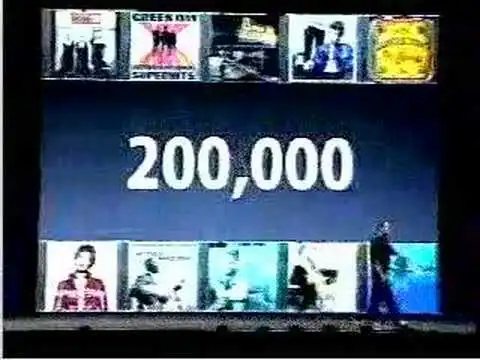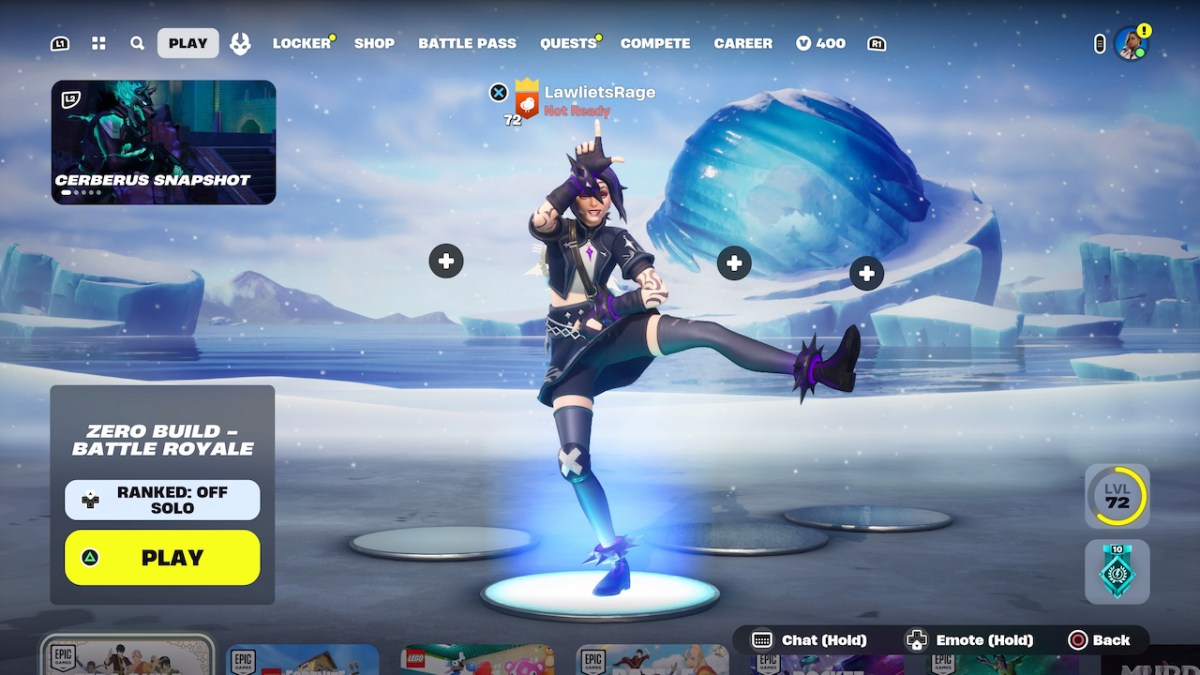With the start and close of the Game Developers Conference (GDC), we saw signs that Virtual Reality was starting to become more popular with companies investing in the technology. However, when the software and hardware reaches consumers, there still ins’t quite a clear picture as to what many will be expected to sacrifice in order to buy their first headset. There are many “Why’s” and “What’s” to be answered as to whether or not many of us are wasting our time.
Ryan and Greg of PC Gaming Enthusiast have differing views on the potential pitfalls and success that the technology will bring. They’ve taken the liberty of forming arguments to hash out their differences, hoping to shed some light on the emerging platform.
Here’s a brave prediction on virtual reality: It will be too expensive, it will not be adopted by the public at large, and it will die out again in five year’s time.
Ryan: Strong words, right? And how can I be so sure that virtual reality won’t hit it off? To be frank, the law of averages is on my side.
Of course, the tech industry has always been about innovation and launching new product categories. For every successful product and company that truly makes it, there are many more products that don’t get there, and hundreds upon hundreds of products that that have been rendered obsolete. Before the mp3, there was RealAudio. Before Windows popularized graphic user interfaces for personal computers, there was GEM, created by Digital Research.
Virtual reality as we know it today was first popularized by Jaron Lanier, who designed HMDs and gloves under VPL Research in the 1980s. VR had its best year in 1991, with the release of the commercial products Virtuality and Sega VR headsets. This year also saw the development of the first cubic immersive room and a VR simulation of Mars rovers for NASA.
The following year, CGW predicted VR would become affordable by 1994. As we all know, this would never come to pass.
I have no doubt VR technology has advanced far from where it used to be. VR seemed to reappear out of nowhere. But since the tech was first unveiled in the 1980s, it continued to find use outside the consumer markets. Governments and private companies found uses for VR. It can help train pilots, make cars safer, test medicine, and serve as a form of exposure therapy. It is even in use in fields such as education and archaeology. Thanks to advancements in motion controls, graphics hardware acceleration, and many other fields, including a better understanding of creating immersion, VR companies are confident their tech is consumer ready
But VR is still a huge wager. VR companies are hoping that they can convince consumers to adopt the tech en masse, in the same way Apple convinced the world to adopt iPhones. But what’s in it for us?
Let’s look at the value proposition of VR. You have to already own a computer, game console, or possibly a high end smartphone. You have to buy a headset for at least $200 (the selling price of Samsung Gear VR). And then you buy games. That is a lot to ask for.

Here lies Google Glass. A short trip down the road of fashion infused tech that never really left the ground.
Also consider another recent flub: 3D television. While TV makers saw an opportunity in cheaper means of producing the 3D tech. There was a ready potential market with the popularity of CG movies that could be resold at home in 3D. It simply did not all come together. Consumers found 3D glasses to be a huge hassle, and it added nothing to any of the media it was used for , as outlined here.
I think VR will likely receive the same treatment that 3D television received.. In between, there will be some good headsets and games that will be great, if you can afford it, but unless the tech companies figure out a way to make the tech more accessible, it won’t catch on.
Sorry, but VR is here to stay!
Greg: The discrediting of virtual reality as a simple fad is easy to do. Of course when new technology introduced to the public, the first duty and response is to find reasoning as to why it will fail, flaring up the pessimists in the realm of PC gaming. Instead, new technology should be embraced and met with optimism as to why said technology is important.
“A digital service where music is purchased off the internet? People want to buy the physical copy and own the CD.” Apple made it work. “A download service for video games? People want to buy the actual, physical copy.” Tell that to Valve with its Steam concurrent user count to be about 9-million. “No one is going to pay a subscription for movies when they can just go rent or buy them at the store.” I guess Netflix was just an idea at one point in time, right?
There is a simple reason as to why VR will succeed, and that is because the innovation and technology has reached a level playing field. Otherwise, we wouldn’t see the research and development from Valve, Samsung, HTC, Razer, or even NVIDIA. So, what’s the big deal if these companies are involved?
These hardware, software, and game developers have invested in an idea: provide a vehicle in which to bring a new experience to the masses. They are creating a market for it instead of pursuing an afterthought of one.
There are three main reasons in which this will be possible: the price, the support, and the demand for VR.
Pricing has been such a huge deal in the run of this prospective launch. The money that each PC gamer spends on RAM, CPUs, GPUs, cooling systems, and the standard case has now become necessity in creating a rig good enough to play most games. In an effort to battle cost, Razer is one such company introducing open source virtual reality (OSVR) in the efforts to drive down cost, even offering a solution to 3D print your own set.
A $199 VR headset has much more promise than a Kinect or even a new Turtle Beach set. The level of immersion can far outweigh the experience as a whole. In gaming, immersion is the reason people will repeatedly spend $59.99 within a year just to get the newest installment of Battlefield, or $39.99 on a game that they’ve already purchased before but now is remastered.
Unlike the shortfalls of motion control and the 3D TV experience, there is more behind the driving force of VR. NVIDIA recently introduced the TITAN X, and more importantly, its support for VR. Instead of the development stemming from console gaming and creating a fad within a community, it stems from the inner-core of hardware/software development, providing a solid backbone.
The Oculus Rift ignited the development of VR, but it also piqued interest in the average PC gamer. It conveyed the message that “yes, you can experience this too.”
That brings us to market that Oculus created, and now others are refining. Even the car company Tesla was once at the point where people were disinterested in the thought of having an electric sports car. I remember an episode on National Geographic titled “The Future of Electric Cars” that featured a young car developer. It seemed as though the technology was years and years away, but one day you could see someone driving it down the street.
For Tesla, there was a void in which people wanted a high-quality electric vehicle that didn’t look like a wind-up mouse. Sorry, Chevy Volt and Toyota Prius owners. The demand for VR was created when motion controls fizzled out and there wasn’t anything happening on the forefront of new ways to play.
The desire for more immersive gaming is here. Where do games go once they’ve reached HD and have since reached the realm of 4K? The question, to me, was answered a while back after seeing a few demos from NVIDIA. Having played the Oculus Rift a few times before, it was easy to see that there is a whole new realm accessible to people who want more from the gaming experience. I’m not talking about the core gaming audience. Developers are providing an immersive gaming experience to someone who might not have full functionality of their motor skills. If you don’t think there are people out there unlike yourself, the average gamer, that want to play an FPS, racer, or adventure game–think again.
VR does live up to the hype, there is a market for it, and unfortunately, stacks the odds against those who oppose it.
So, what is the verdict? Is VR a bunch of huff-and-puff or does it have solid real-estate in the gaming market?






